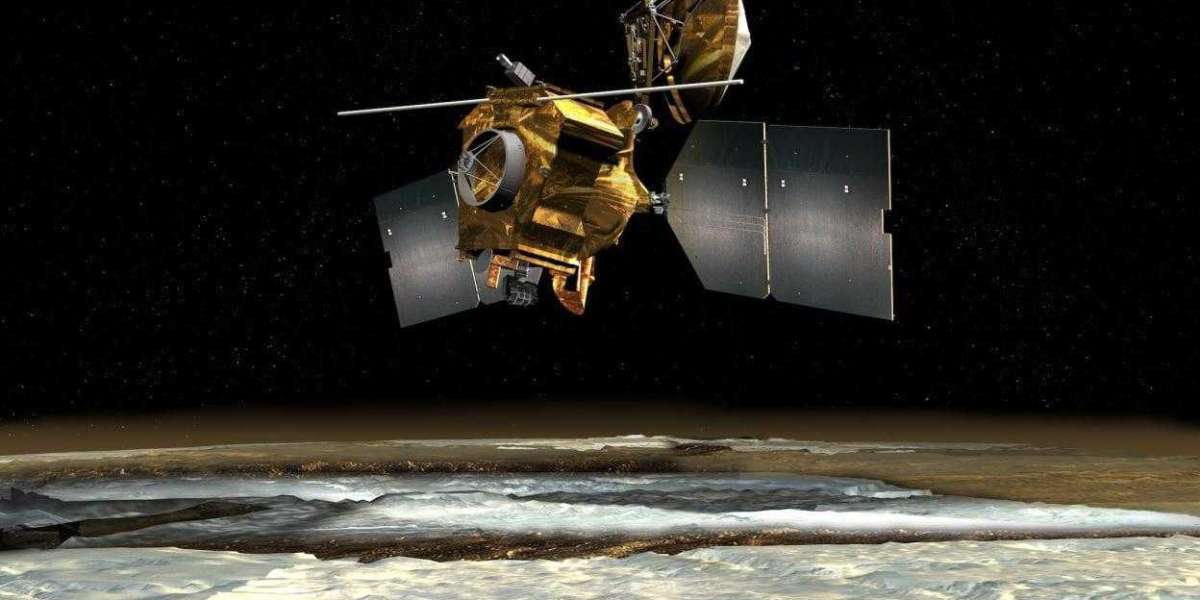
Mars, known for its unforgiving environment, is a vast and barren expanse.
Despite the extreme conditions, researchers believe that shallow pools of water may be present near the Martian surface, a region that is 1,000 times drier than the driest desert on our planet. NASA's Mars Reconnaissance Orbiter, which has been orbiting Mars for nearly two decades, has identified white material lining dry gullies on the planet. The space agency suspects that this material is dusty water ice that could heat up and form pools, similar to processes on Earth. For more information on NASA's discoveries, visit https://t8tech.com/science/nasa-uncovers-hidden-pools-of-water-on-mars-boosting-chances-of-finding-life/
“Scientists think that dust particles within this ice behave similarly to dust that falls onto glaciers on our planet, warming up in sunlight and causing subsurface pockets of meltwater to form,” NASA explained.
“These pockets of water on Earth are often home to simple life forms, including algae, fungi, and cyanobacteria,” the agency added. “Researchers believe that similar shallow pools of water could exist on Mars, and may also be ideal places to search for life on the Red Planet today.”
Similar glacial dust on Earth’s glaciers creates phenomena known as “cryoconite holes,” which can cover glaciers by the hundreds. One such hole is depicted in the image below.
Although the Mars Reconnaissance Orbiter has a powerful camera that can capture features as small as a kitchen table from its orbit 155 to 196 miles above the surface, it cannot detect any potential shallow pools. However, the image clearly shows the white patches on the Mars gullies in an area called Terra Sirenum. (The blue color seen at the gullies’ bottom is coarse sand, which is not visible to the human eye but is visible in infrared light wavelengths.)

Credit: NASA / JPL-Caltech / University of Arizona









